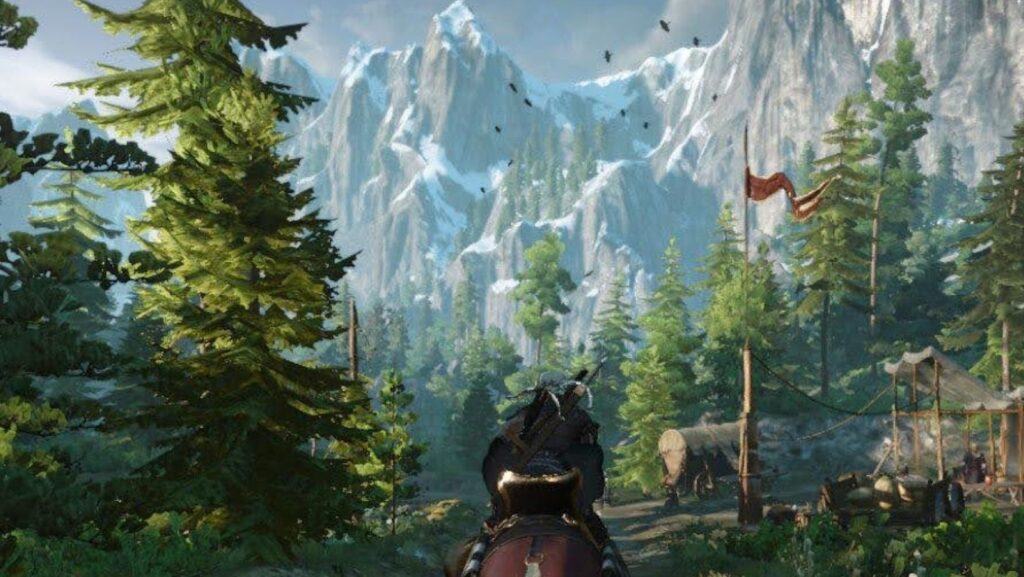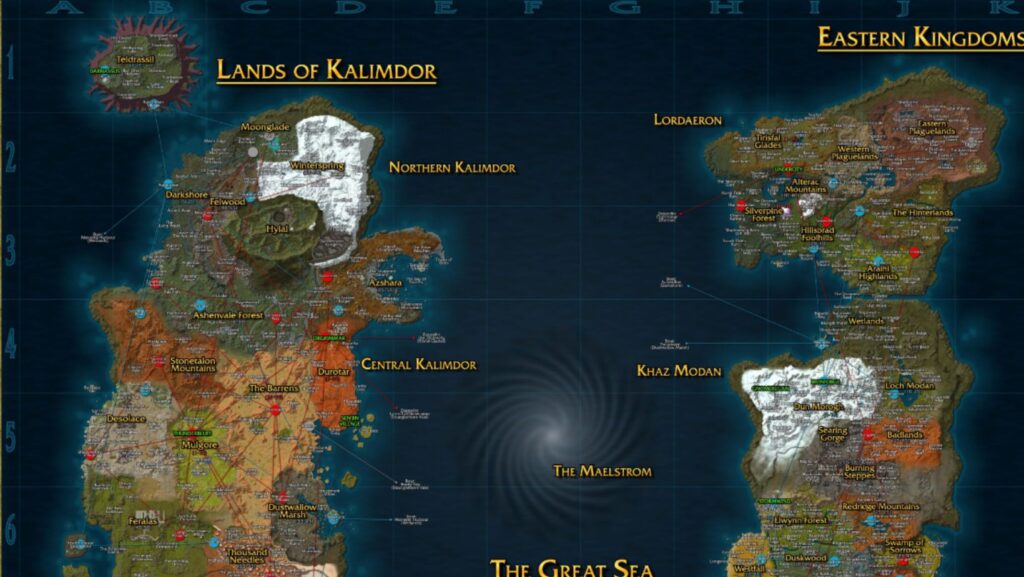
Sometimes I think that maps in games have become something more than just a navigation tool. They serve the same role that old atlases once did – helping people explore the unknown and shape their understanding of the world. Virtual maps guide us through new territories, give us a sense of discovery, and allow us to feel the vastness of an imagined universe. I don’t see much difference between exploring a desert in a game and studying an old map of sea routes — both processes are equally captivating. It seems to me that for players, a map is not just a background, but an essential part of the experience.
Virtual maps as the foundation of gameplay experience
Many games are built around the idea that the player explores unfamiliar locations, gradually unlocking new areas. This process reminds me of how people once studied geographic atlases, marking mountains, rivers, and unexplored lands. In the virtual world, uncovering new zones is always tied to curiosity: what lies beyond the horizon, what enemies or treasures are hidden behind the fog of war? The map turns gameplay into an act of exploration rather than just moving from point A to point B.
When I think of The Legend of Zelda: Breath of the Wild or Elden Ring, the map becomes the main tool of immersion. These games don’t impose strict routes — the player decides where to go and in what order to explore the world. I notice that this freedom creates a special sense of discovery, and that’s why I follow changes in esports titles through league news of legends, since the minimap in League of Legends also defines strategies and the way players perceive space.
In such projects, the map is not just a mechanical tool but a kind of guide through an imaginary world. It sets the rhythm of exploration, shapes a unique experience for every player, and becomes a symbol of the game itself. That’s why many titles remain memorable not only for their characters or stories but also for the maps that once opened up entire universes before me.
Maps in esports disciplines
In esports, maps become true arenas where legends are born and new approaches to the game are shaped. Even if players see the same terrain hundreds of times, each match transforms it into an entirely different story. I think about how both spectators and teams perceive the map: not as a static backdrop, but as a battlefield where every movement and every second can determine the outcome.
Take Dota 2 — all battles take place on a single map, yet it feels new each time thanks to updates and the strategic decisions of the teams. The landscape may remain unchanged, but the playstyle completely alters the sense of space. To keep track of how patches affect the balance, I follow Dota 2 news, since even the smallest tweaks to neutral creep spawns or timing adjustments can drastically shift the pace of the game and approaches to strategy.
This unique dependency makes maps especially important in esports. They don’t just provide the foundation for competition — they become part of the discipline’s history. Classic clashes on older versions of maps are remembered by fans as entire eras, forever tied to a specific visual and strategic environment.
The atmosphere of exploration in story-driven games
If maps in esports are tied to competitive dynamics, in story-driven games they feel more like a journey. Here, the player is not just a participant in a match but an explorer who is given access to an entire world. The map provides direction but still leaves room for personal discoveries and unexpected encounters.
I think of Skyrim or The Witcher 3, where the map doesn’t simply indicate the path but creates the feeling of a living world. In these games, it’s nearly impossible to walk past markers without veering off somewhere else: there’s always the temptation to climb a hill, enter a hidden cave, or stumble upon a village you didn’t know existed. This constant sense of choice turns the map into something greater than an interface — it becomes another layer of storytelling.
Even small details like forest trails or tucked-away hamlets can make me feel like a pioneer. I realize that such elements don’t drastically alter the main plot, but they are what create the true atmosphere of exploration. In the end, the map ties together freedom, curiosity, and narrative, transforming simple movement through the world into a unique experience.
Maps as part of a game’s identity

There are projects where the map itself becomes the symbol of the game, and sometimes even its main cultural code. In such cases, the territory stops being just a means of movement and turns into a recognizable image with which the entire project is associated. The map becomes an inseparable part of the game’s brand, its “calling card.”
For example, in Minecraft there is no traditional map in the usual sense, but every generated world is unique. Players create their own “atlases” using screenshots, mods, or fan-made map generators to record valuable discoveries and share them with others. Here, the territory doesn’t act as a fixed space but as a reflection of player creativity, turning exploration into a collective process.
In World of Warcraft, the situation is different: locations have long since become a cultural phenomenon. Every player has places tied to personal stories — their first dungeon runs, group raids, or simply strolling through the capitals. These maps carry not only functional value but also emotional weight: they become part of the gaming community’s identity, serving as virtual monuments of entire eras.
Conclusion
For me, virtual maps are the modern heirs of old atlases, only in digital form. They don’t preserve sea routes or trade paths, but rather the memories of players, their emotions, and their discoveries. Each new world becomes a page of an imagined atlas, marked not with cities but with places of power, dungeons, and roads traveled by millions.
Games turn us into explorers of spaces that could not exist without imagination and technology. In this sense, every map is not just a tool but a symbol of the human drive to discover something new, even if that “new” exists only on a screen.
